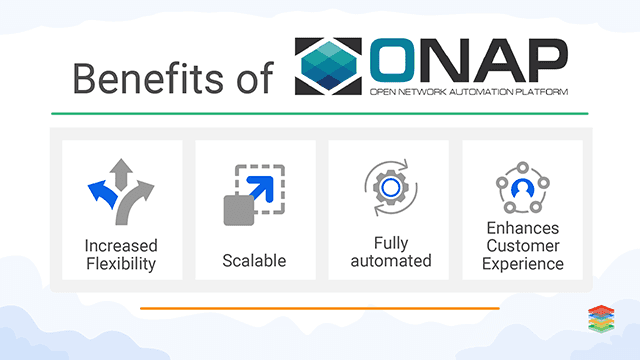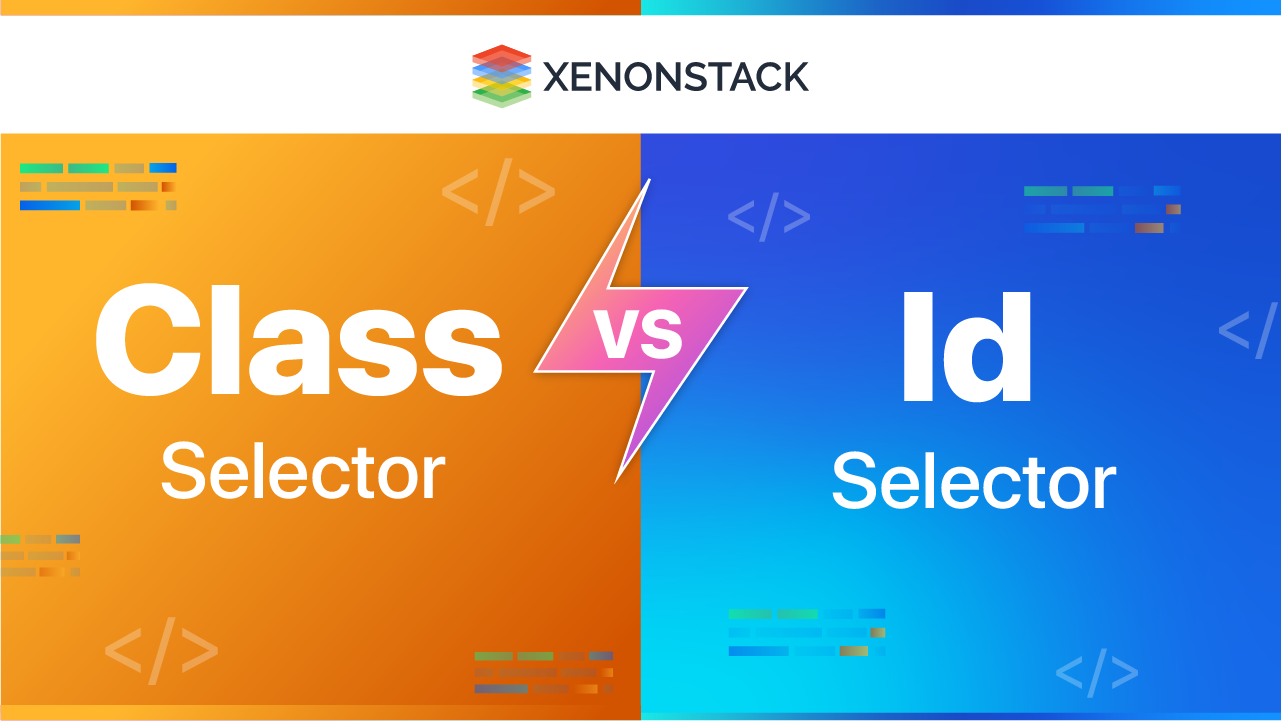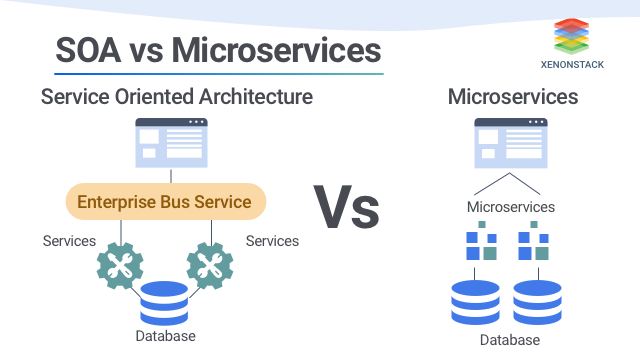
What is ONAP?
ONAP stands for Open Network Automation Platform. It's a project under the governance of the Linux Foundation and founded by AT&T and China Mobile. The initiative created by the combination of the ECOMP and Open-O projects into ONAP to bring the capabilities for designing, creating, orchestrating, and handling the full lifecycle management of VNF (Virtual Network Functions) or Network functions virtualization (NFV), SDN (Software Defined Networks), and the services that all of these things require.
The primary goal of ONAP is to implement the capabilities needed for orchestrating and handling the complete lifecycle management of VNF deployments. The platform works above the infrastructure layer to automate the network. It allows end users to connect products and services through the infrastructure and deployments of VNFs and scaling of the network fully automatedly. The high-level architecture of ONAP consists of different software subsystems broadly divided into a design-time environment and an execution-time environment to execute the designed platforms. ONAP community defines blueprints for various use cases during each release, which users can adopt immediately. Some essential uses cases are -
- 5G
- CCVPN
- VoLTE
- vCPE
Requirement of VNF or SDN
There are many reasons (like vendor issues and complex control panels) to move to virtualization or software-defined architecture. All the hardware network devices have a data plane(describe where data is forwarded through network addressing) and a control plane complex (its work as a decision maker and control where traffic should be sent and how quickly). The Control panel is not as simple as network architecture has multiple device types then has multiple control plane, one for each, which results in multiple decision-makers in your n/w, which become very complex even at typical network configuration that has a router paired with a firewall device plus a WAN acceleration device. To solve these issues and reduce the complexity, software-defined or virtual networking abstracts the data plane and control plane. The NVF converts the single hardware task to a virtual machine or software-defined, which does the same work done by hardware devices but in more Agile and adaptive ways. It's a software application used in Network Functions Virtualization (NFV) that has defined interfaces and provides well-defined networking function components; the components can be one or more; for example, a security VNF has a function related to NAT and Firewall. But VNF, too has various challenges like Vendor Compatibility and many others; it enables VNF ( Virtual Network Functions) and other network functions and services to be easily understandable in an automated, policy-driven Real-Time environment. This allows everyone to fully create, design, and deploy Automated Network Services.How ONAP Works?
ONAP is the result of many software subsystems combined. These subsystems are broadly divided into two major architectural framework parts - Design-time framework - It defines, designs, and programs the platform. Again design-time framework consists of the following subsystems - Service Design and Creation (SDC) - It defines, simulates, and certifies assets and their associated processes and policies. Policy - It enables the creation and deployment of rules to instantiate conditions, requirements, constraints, attributes, or needs regarding the assets provisioned, maintained, or enforced. Run-time framework - To execute the programmed logic defined in the design phase. It also consists of the following subsystems -- Active and Available Inventory (AAI)
- Controllers
- Dashboard
- Data Collection, Analytics, and Events (DCAE)
- Master Service Orchestrator (MSO)
- ONAP Optimization Framework (OOF)
- Security Framework
Open Network Automation Platform (ONAP) Modeling
The business logic of the software application is defined through the model at a higher level of abstraction, separated from the implementation code in a specific programming language. Through model transformation techniques such as code generation, the running code generated or its behavior changed, and ONAP is model-driven, which makes it Agile and adapts to new tech changes quickly. To support models/templates, ONAP features the separation of Run-time and Design-time environments. There are four modeling domains in ONAP -- Deployment
- Closed-loop
- SDN
- Configuration
Features Of ONAP
- Add new features quickly.
- Deploy on the go.
- Dynamically introduce full-service lifecycle orchestration.
- Metadata-driven and policy-driven architecture.
- Carrier-grade scalability.
- Closed-loop automation.
- One common portal to manage all components.
Why Does Open Network Automation Platform Matters?
Earlier to ONAP, operators of large networks faced a challenge to scale and the cost of manual changes to implement new service offerings, from installing a new data center. It enabled to handle previously manual tasks, such as allocating bandwidth or designing and provisioning service automatically. ONAP enables Real-Time, policy-driven network automation and orchestration of Physical and Virtual Network Functions. It can design, create, orchestrate, manage and monitor the full lifecycle of VNFs and higher-level services with ease. With ONAP, move legacy networks into the software-defined future.Benefits of Open Network Automation Platform (ONAP)
- Remove the need for human interaction, i.e., fully automated.
- Increased Flexibility, i.e., no vendor lock-in, plenty of VNF to choose from.
- Scalable: Scale-out rather than scale up.
- Through a single dashboard, manage multiple network services.
- Support 5G/IoT evolution.
- Improve the customer experience.
How to Adopt ONAP?
ONAP is available as Microservices and has Docker containers; deploy it on the Kubernetes cluster. The ONAP Operations Manager (OOM) is accountable for orchestrating the end-to-end lifecycle management and monitoring of ONAP components. OOM needs Kubernetes to provide CPU efficiency and platform deployment. OOM enhances the ONAP platform by providing scalability and resiliency enhancements to the components it manages.
Install through helm
helm install osn/onap
Best Practices Of ONAP
- CII Badging Program.
- Credential Protection and Management.
- Static Code Scans.
- VNF Package Security.


